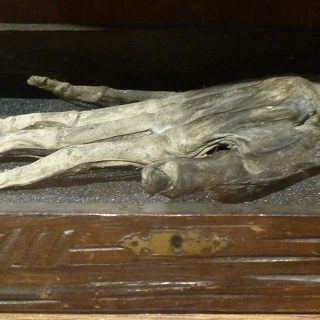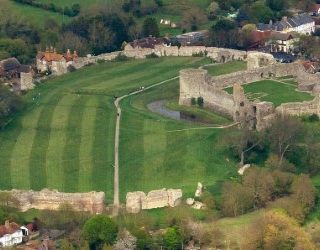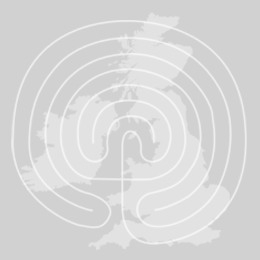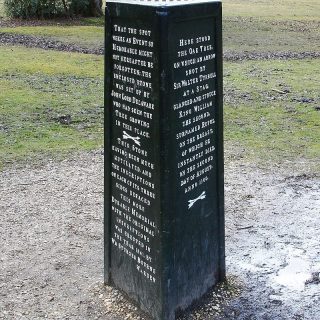The Hand of Glory
The Hand of Glory is a grisly item related to a once wide held belief in the magical power of human remains, especially those of the executed. The Hand of Glory is essentially a severed hand from a gibbeted/hanged/executed criminal (the more notorious the greater its supposed potency) that was dried in the Sun after pickling and treatment with various noxious materials.






Recent Comments